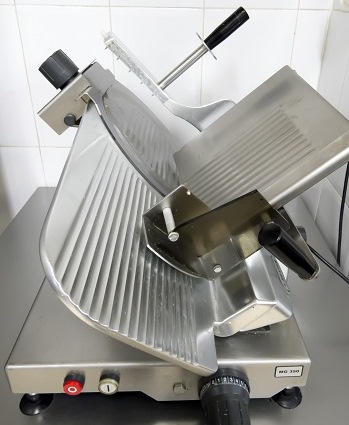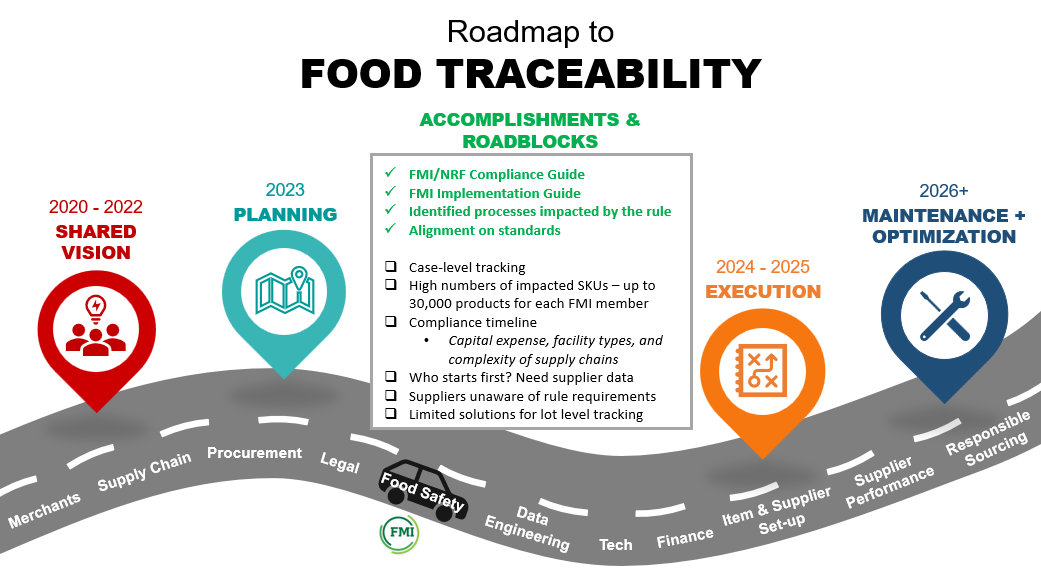By: Hilary Thesmar, PhD, RD, FMI Vice President, Food Safety Programs, Food Marketing Institute

Listeria monocytogenes has caused several major outbreaks and recalls in the past year and, as food safety professionals know, is a pathogen of concern for many food facilities. At the 2016 SQF International Conference, attendees will hear from Dr. Martin Wiedmann as he discusses the latest research on effective Listeria prevention methods.
We recently had the opportunity to speak with Dr. Martin Wiedmann, Gellert Family Professor of Food Safety and Director of Graduate Studies for the Field of Food Science and Technology at Cornell University about his work and his thoughts on Listeria prevention.
Can you tell us a little about the overall goal of your academic program?
My research program uses contemporary and cutting edge methods to better understand foodborne pathogen transmission using a systems approach and aims to translate our findings to practical, relevant and effective intervention strategies.
How long have you been involved with food safety?
25 years
How does Listeria affect the retail food industry?
Listeria is a pathogen that is commonly found in the natural and built environment and is hence regularly introduced into retail environments, where it may survive for weeks and months, including in places that may be sources for contamination of ready-to-eat foods.
What are some tips you have for retailers relating to Listeria prevention?
Some key strategies to prevent and control Listeria include:
- Implementation of a well-designed sanitation program in areas where ready-to-eat foods are handled;
- Sanitary equipment and facility design;
- Employee training on Listeria control and development of a food safety culture within an organization that encourages the practices that need to be followed in order to control Listeria;
- Implementation of strategies to minimize Listeria growth in ready-to-eat products (for example, use of ready-to-eat meat products reformulated to prevent Listeria growth, assurance of cold chain and appropriate refrigeration for refrigerated ready-to-eat foods); and
- Consumer education on Listeria (with a focus on groups with increased risk of contracting listeriosis).
What are some of the recent improvements that have been made in Listeria prevention?
Recent improvements in sanitary equipment design and an improved understanding of the importance of niches that allow Listeria to survive over time have played a role in Listeria prevention in processing and retail environments.
Are there any key research items you’d like to share prior to the event?
Here are links to two key Listeria research papers that may be of interest to retailers:
Learn more about Listeria prevention and other important food safety topics in the retailer track of the 2016 SQF International Conference October 25 – 27 in Orlando, FL and download the suggested itinerary for retailers.


 Industry Topics address your specific area of expertise with resources, reports, events and more.
Industry Topics address your specific area of expertise with resources, reports, events and more.
 Our Research covers consumer behavior and retail operation benchmarks so you can make informed business decisions.
Our Research covers consumer behavior and retail operation benchmarks so you can make informed business decisions.
 Events and Education including online and in-person help you advance your food retail career.
Events and Education including online and in-person help you advance your food retail career.
 Food Safety training, resources and guidance that help you create a company food safety culture.
Food Safety training, resources and guidance that help you create a company food safety culture.
 Government Affairs work — federal and state — on the latest food industry policy, regulatory and legislative issues.
Government Affairs work — federal and state — on the latest food industry policy, regulatory and legislative issues.
 Get Involved. From industry awards to newsletters and committees, these resources help you take advantage of your membership.
Get Involved. From industry awards to newsletters and committees, these resources help you take advantage of your membership.
 Best practices, guidance documents, infographics, signage and more for the food industry on the COVID-19 pandemic.
Best practices, guidance documents, infographics, signage and more for the food industry on the COVID-19 pandemic.
